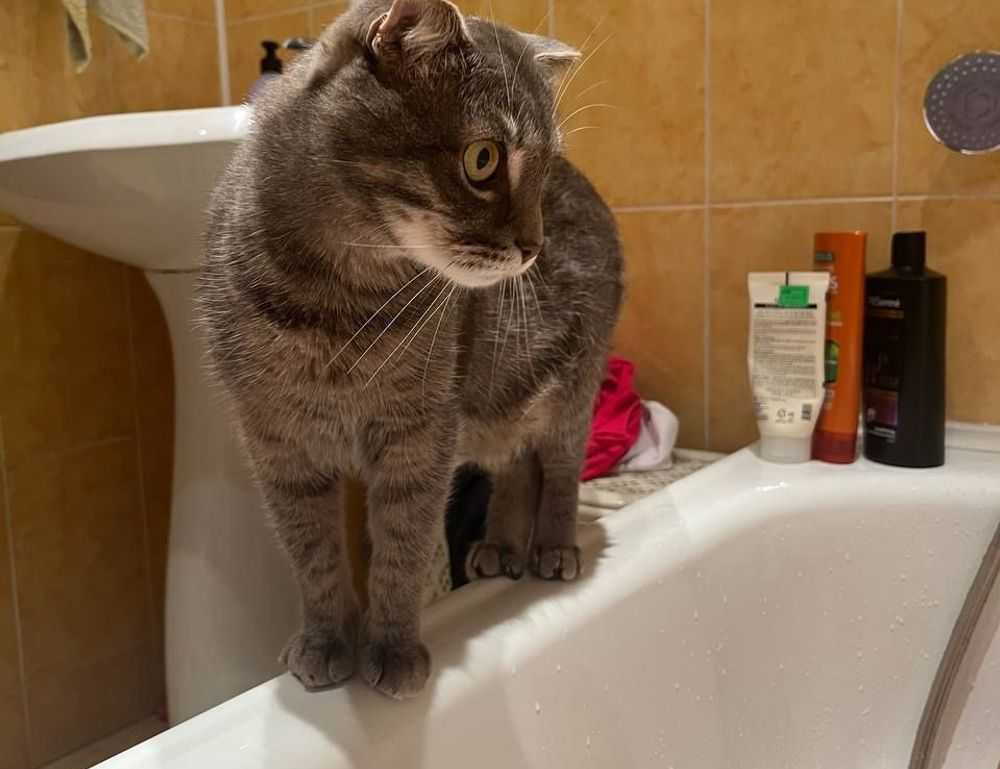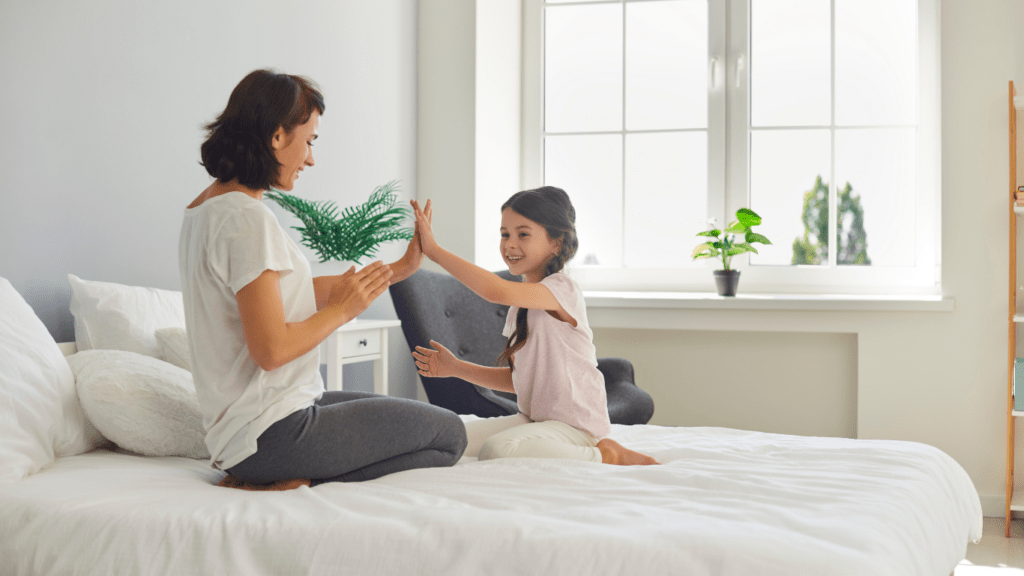You don’t need a piano teacher, a full toy box, or a structured curriculum to help your child grow. One of the most effective ways kids learn is through play. In fact, the idea behind playing lessons fparentips is simple: play is more than fun—it’s a powerful tool to develop cognitive, physical, and emotional skills. Let’s break down how intentional, playful time with your kids can become a low-pressure but high-impact way to support their development.
Why Play-Based Learning Works
Unlike traditional learning methods that often rely on repetition and instruction, play-based learning taps into a child’s natural curiosity. Kids don’t need to be forced into learning when they’re interested and engaged.
At its core, the concept of playing lessons fparentips rests on the belief that structured activities aren’t always needed. Blocks, mud kitchens, pillow forts—these become little laboratories for problem-solving, communication, and creativity. When toddlers figure out how to balance a block tower or preschoolers pretend to run a “store” from the couch cushions, they’re developing math, language, and social skills without realizing it.
The Science Behind It
There’s actual neuroscience explaining why play works. Children’s brains grow rapidly in the first five years of life. During this window, neural connections form through direct interaction with their environment—especially through sensory play and social interactions.
By embedding lesson-style guidance into everyday play, you expand your child’s learning without them sitting at a desk. For instance, during a nature walk, using leaf shapes or bird sounds to play matching games helps with memory and classification skills. It’s all rooted in scientific understanding—something the playing lessons fparentips method taps into successfully.
Types of Play That Support Learning
Play isn’t one-size-fits-all. Different types of play serve different developmental purposes:
1. Functional Play
This is your basic “get the wiggles out” type—running, jumping, splashing. It sharpens gross motor skills and encourages body awareness. For younger kids especially, this type reinforces strength and coordination.
2. Constructive Play
Think LEGO buildings, building blocks, or assembling puzzles. These activities build fine motor skills and critical thinking. They also introduce the ideas of planning and cause-and-effect.
3. Dramatic Play
More than dress-up, dramatic play (or pretend play) helps kids learn empathy, storytelling, and social roles. It’s a rehearsal for real-life interactions.
4. Guided Play
This is where playing lessons fparentips shines. Guided play blends the freedom of open-ended play with a bit of adult facilitation to target specific skills. For example, if your child enjoys pretend cooking, you can guide them into experimenting with numbers (“how many carrots?”) or storytelling (“describe the recipe”).
How Parents Can Implement Playing Lessons at Home
No need to overthink it. You don’t have to reinvent playtime—just infuse it with small, intentional tweaks. Here’s how to begin:
Observe First
Pay attention to what sparks your child’s curiosity. Are they building towers? Obsessed with animals? Following their lead is the easiest way to start.
Connect Play to Skills
If they’re lining up cars, count them. If they love drawing, encourage them to label their art. You’re not forcing lessons—you’re just adding learning layers where interest already exists.
Keep It Flexible
There’s no fixed outcome when it comes to real play. Avoid correcting or instructing too much. Let space for “failure” or trial-and-error stay open—it’s part of the process.
Create Routines Around Play
Set aside regular, screen-free time for play. Keep basic supplies handy (papers, markers, building sets), but also embrace whatever is around you—cushions, cardboard boxes, spoons.
Common Myths About Play-Based Learning
Let’s clear a few misconceptions:
-
Myth: Play is just for preschool-aged kids.
Truth: Older kids benefit too—think role-playing, board games, coding puzzles. -
Myth: Real learning requires formal instruction.
Truth: Many foundational social and academic skills come easier through active play. -
Myth: It’s not effective unless the child is sitting still.
Truth: Movement enhances learning—especially for high-energy kids.
Incorporating Tech Without Killing Creativity
Let’s face it: screens are everywhere. Adding technology doesn’t mean ditching play-based learning. You can adapt it:
- Use apps that promote drawing, storytelling, or problem-solving.
- Set strict screen limits around passive apps but allow time for interactive ones.
- Turn YouTube recipes into “real-life” cook-alongs.
- Use audio stories during car rides for language and sequencing skills.
Tech isn’t the problem. It’s how we use it. Even within the digital realm, curiosity and engagement should be the core drivers.
How to Tell It’s Working
When using playing lessons fparentips as your philosophy, you’re playing the long game. You won’t see overnight transformation, but look for small wins:
- New vocabulary showing up during play.
- Better attention span during quiet tasks.
- More problem-solving behavior emerging organically.
- Increased confidence in social settings.
Learning becomes visible when your child feels empowered and connected—not just when they recite the alphabet.
Final Thoughts
If you’re feeling that classic parenting pressure to “teach more,” maybe flip the script. Stop trying to turn your home into a school. Start using the tools you already have: your time, your attention, and your child’s natural love of play.
The approach behind playing lessons fparentips isn’t about perfection, it’s about presence. Your everyday interactions—washing dishes while singing, telling bedtime stories, playing tag—can all add up to powerful learning moments. Every time your child laughs, collaborates, builds, or imagines, they’re learning more than you might think.


 Jameslee Silverayees – Founder Jameslee Silverayees is the founder and driving force behind Makes Parenting Watch, a comprehensive platform designed to support parents at every stage of their journey. As a parent himself, Jameslee recognized the overwhelming amount of information available and the need for a trusted source that offers practical, expert-backed advice. Drawing on his own experiences and his passion for family well-being, he created Makes Parenting Watch to be a one-stop resource for news, updates, and tips on everything from newborn care to family travel. Under his leadership, the website has grown into a highly respected community of parents, caregivers, and experts who come together to share insights and solutions. Jameslee is deeply committed to empowering families with the knowledge they need to raise healthy, happy children while fostering stronger family bonds.
Jameslee Silverayees – Founder Jameslee Silverayees is the founder and driving force behind Makes Parenting Watch, a comprehensive platform designed to support parents at every stage of their journey. As a parent himself, Jameslee recognized the overwhelming amount of information available and the need for a trusted source that offers practical, expert-backed advice. Drawing on his own experiences and his passion for family well-being, he created Makes Parenting Watch to be a one-stop resource for news, updates, and tips on everything from newborn care to family travel. Under his leadership, the website has grown into a highly respected community of parents, caregivers, and experts who come together to share insights and solutions. Jameslee is deeply committed to empowering families with the knowledge they need to raise healthy, happy children while fostering stronger family bonds.
